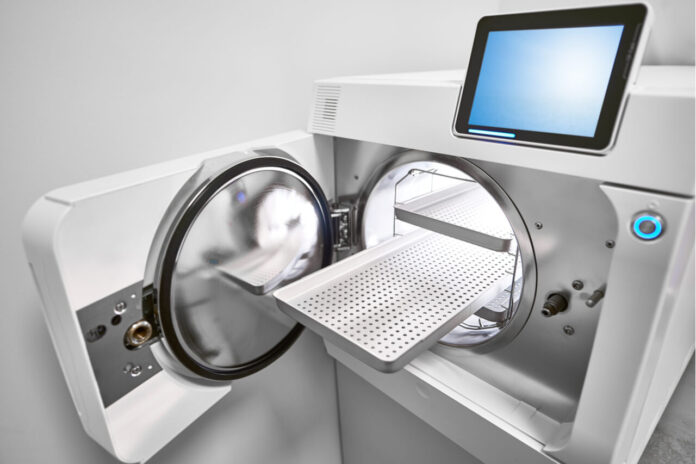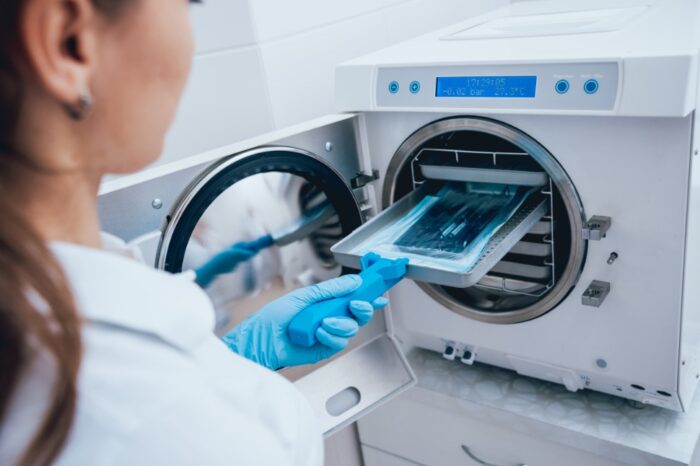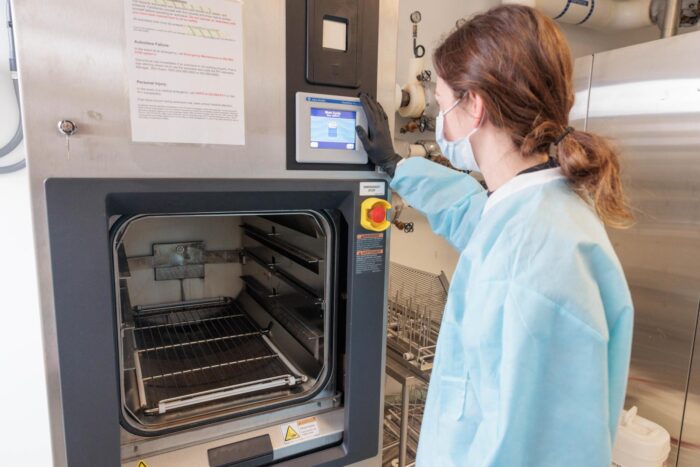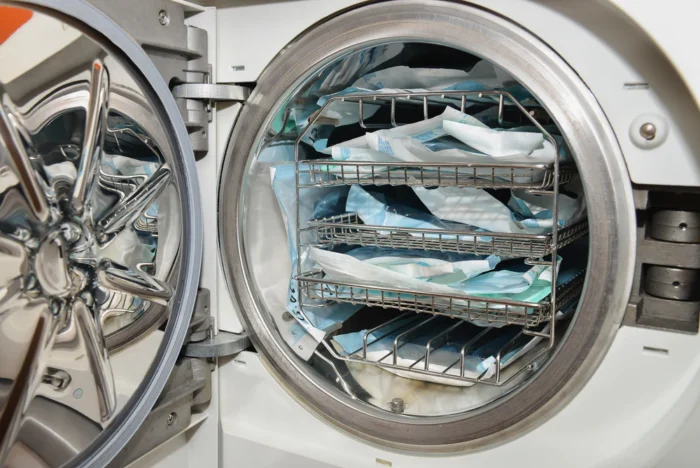
In this article, you will learn more about the most critical autoclave safety procedures, shedding light on best practices and essential precautions that should be followed to guarantee safe and effective autoclaving.
Autoclaves are indispensable tools in laboratories, medical facilities, and research institutions. These devices play a crucial role in sterilizing equipment and materials, preventing the spread of infections, and ensuring the safety of both personnel and patients.
The Fundamentals of Autoclave Safety Procedures

Autoclaving is a precise science, and adhering to safety procedures is paramount to avoid accidents and maintain the functionality of the autoclave. Here are some fundamental safety guidelines to follow:
- Wear proper protective gear ─ Before operating an autoclave, ensure you are equipped with appropriate personal protective equipment (PPE) such as gloves, lab coats, and safety goggles.
- Read the manufacturer’s instructions ─ Familiarize yourself with the autoclave’s user manual. Different models may have specific safety instructions and requirements.
- Check for damages ─ Inspect the autoclave for any visible damage or irregularities before use. Report any issues to the maintenance department.
- Proper loading ─ Ensure items to be autoclaved are loaded according to the manufacturer’s recommendations. Overloading can lead to improper sterilization.
- Use autoclave-compatible materials ─ Only use materials and containers that are safe for autoclaving. Improper materials can lead to hazardous situations.
- Ventilation ─ Operate the autoclave in a well-ventilated area to prevent the buildup of steam and heat.
- Monitor cycles ─ Keep a close eye on autoclave cycles. If you notice any anomalies or irregularities, cease operation and contact maintenance.
Key Operational Procedures for Autoclave Safety

Now that you know more about the basics of autoclave safety, it’s time to delve into the operational procedures that ensure a safe working environment during the use of steam sterilizers.
- Temperature and pressure ─ Always set the appropriate temperature and pressure levels according to the materials being sterilized. Deviating from recommended settings can compromise autoclave safety.
- Loading and unloading ─ Exercise caution when loading and unloading the autoclave. Use heat-resistant gloves and tools to handle hot materials.
- Cooling period ─ Allow adequate time for materials to cool down after the autoclave cycle. Opening the autoclave prematurely can lead to burns or exposure to hazardous materials.
- Safety interlocks ─ Thankfully, some manufacturers like Celitron implement automatic safety features in their autoclaves. Ensure that safety interlocks are functional. These automated mechanisms prevent the autoclave from opening when it’s pressurized or hot.
- Emergency procedures ─ Familiarize yourself with emergency shutdown procedures in case of malfunctions or accidents. Regular drills can prepare staff for such situations.
Maintaining Autoclave Safety and Performance With the Right Procedures
Autoclaves require routine maintenance and quality control to operate safely and efficiently. Here are some crucial steps:
- Staff training ─ Continuously train personnel on autoclave safety protocols and best practices. Well-informed staff contribute to a safer work environment.
- Regular inspections ─ Schedule periodic inspections by trained technicians to identify and address any issues promptly.
- Calibration ─ Ensure the autoclave is calibrated accurately for temperature and pressure. Inaccurate settings can compromise sterilization.
- Record keeping ─ Maintain detailed records of autoclave usage, maintenance, and any issues encountered. This documentation is essential for quality control.
The Importance of Autoclave Safety Procedures

The significance of autoclave safety procedures cannot be overstated. They directly impact the well-being of laboratory professionals, medical staff, and patients. Here are some reasons why prioritizing these safety precautions is vital for any medical facility that uses steam sterilizers:
- Infection control ─ Autoclaves are the frontline defense against infections. Properly sterilized equipment and materials prevent the spread of harmful pathogens.
- Personnel safety ─ Following autoclave safety protocols protects laboratory workers from burns, exposure to hazardous materials, and other accidents.
- Equipment longevity ─ Adhering to maintenance and safety procedures ensures that autoclaves remain in good working condition, extending their lifespan.
- Regulatory compliance ─ Many regulatory bodies, such as the FDA, require adherence to strict autoclave safety standards. Non-compliance can lead to legal consequences.
Conclusion – What are the most critical autoclave safety procedures?
In conclusion, understanding and implementing autoclave safety procedures are essential for anyone working with these vital devices. You can ensure the safety of personnel, maintain equipment integrity, and achieve effective sterilization in laboratory and medical settings. Remember that safety should always be a top priority when working with autoclaves.
Ensuring safety is not just a legal obligation but a moral one as well. It protects lives, upholds the integrity of research and medical procedures, and contributes to a healthier, safer world.








